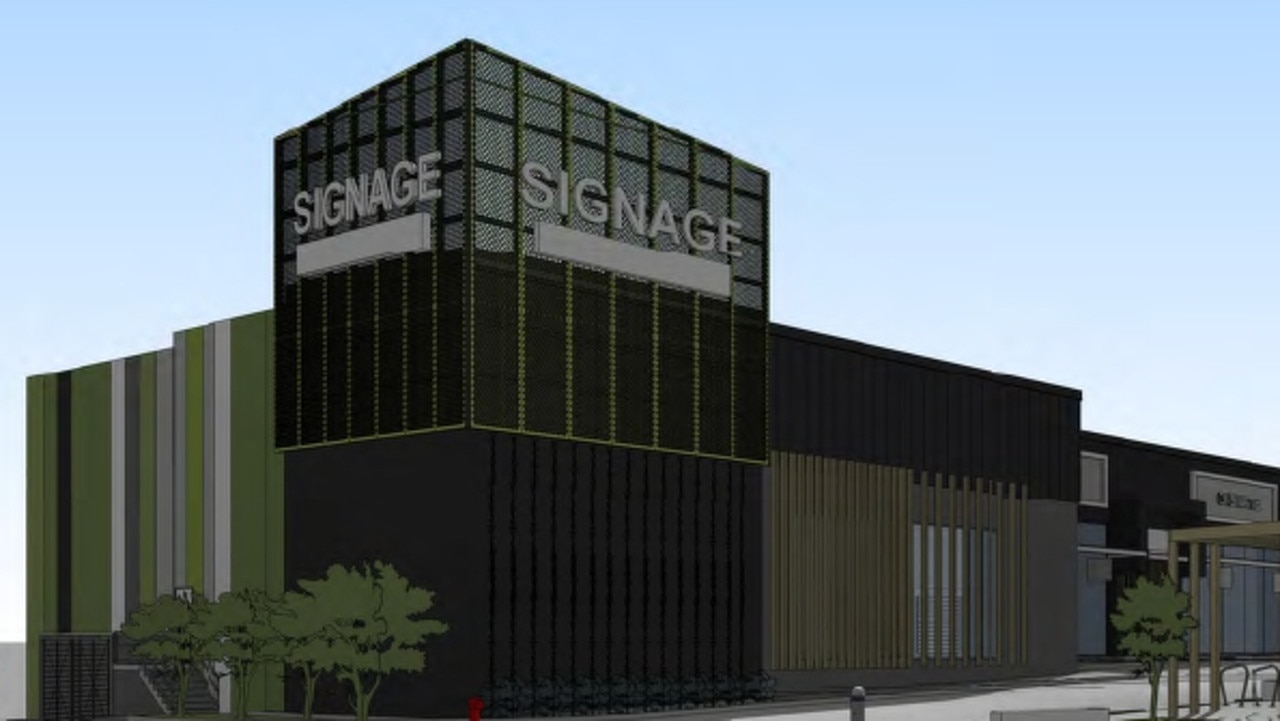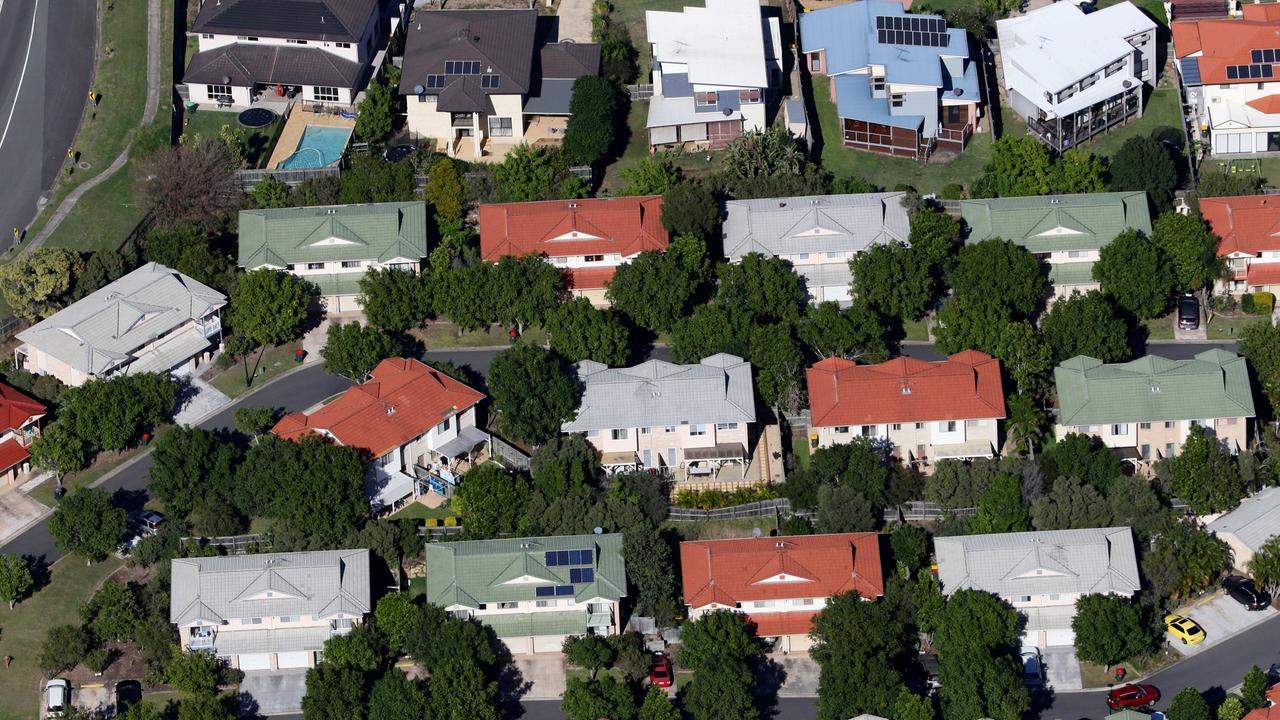Two million homes in the red if RBA raises rates again
More than two million Aussie households will be in the red if the RBA raises interest rates, as expected, this week, shock new research has revealed.
Property
Don't miss out on the headlines from Property. Followed categories will be added to My News.
More than two million Aussie households will be in the red if, as expected, the RBA raises interests rates on Melbourne Cup Day on Tuesday.
Top four big bank ANZ, and ING have already hiked their rates ahead of the Reserve Bank of Australia’s meeting on Tuesday to discuss interest rates.
Most economists expect the RBA to lift the cash rate from 4.1 per cent, where it has sat stagnant since June, to 4.35 per cent.
If the RBA does see fit to push the cash rate higher, 2,133,842 households with a mortgage in Australia with be in a negative cash flow position, according to exclusive data from Digital Finance Analytics – that is they are spending more than they earn.
“If a household is paying out more each month including the mortgage repayments, compared with income received, they are in stress,” Digital Finance Analytics founding principal data scientist and banking sector analyst Martin North said.

“This is not defined by a set proportion of income going on the mortgage. They may have assets they could sell, but nevertheless in cashflow terms they are underwater. More than 10 per cent under water, then they are under severe stress. Of course they may have assets like deposits, or put more on credit cards, but generally households under pressure spend less, hunker down, and some, two to three years later end up selling or even defaulting. Stress indicators are an early warning sign of potential issues ahead.”
Currently half of the 3,857,058 Australia households with a mortgage are in the poor financial position of a negative cash flow.
But if the cash rate rises to 4.35 per cent of Tuesday, 201,968 more mortgaged households will be pushed into a negative cash flow position – 55 per cent of all households with a mortgage in Australia.
On top of that, a rate rises of 0.5 per cent would push a further 189,085 mortgaged Aussie households into that financially stressful situation.
Before the RBA started its unprecedented rate rise push in May 2022, 1,599,985 Aussie mortgaged households had a negative cash flow.
The Local Government Areas of Brisbane, Blacktown in Sydney’s west, Casey in southeast Melbourne, Wanneroo in northern Perth and the unincorporated area around Canberra are the top five locations in Australia for mortgage stress.
MORTGAGE STRESS IN SYDNEY AND NSW
More than one in two NSW households will be sitting squarely in the financial danger zone, if the RBA raises interest rates next week.
A rate rise of that magnitude will push 57,990 more mortgaged households into a ‘negative cash flow’ position – that is they are spending more money than they are making. Meaning, 614,833 of 1,126,495 mortgaged households in NSW would have a negative cash flow.
Currently, 556,843 of NSW mortgaged households have a negative cash flow. That’s up almost 20 per cent from 459,823 households in May 2022, when the RBA began hiking rates from a record low of 0.1 per cent.
MORE on mortgage stress and the effects of rate rises in Sydney and NSW
MORTGAGE STRESS IN MELBOURNE AND VICTORIA
Thousands of Victorian mortgage holders are digging into savings and cutting back essential spending to keep up with loan repayments as the cost of living soars.
And with the prospect of thousands more families further tightening their belts if the Reserve Bank of Australia hikes interest rates next week, the state’s hardest-hit areas can be revealed in new figures from Digital Finance Analytics.
They estimate a staggering number of mortgage-holding households are already struggling with their finances in the face of higher interest rates.
One of the worst-hit areas in Melbourne was Moonee Valley, where research estimates 10,540 out of 11,890 mortgage-holding households were under stress, with a potential 0.25 per cent rise in interest rates likely to send another 500 households into financial stress.
This area alongside Banyule and Whittlesea are among the nation’s 20 hardest-hit municipalities.
MORE on mortgage stress and the effects of rate rises in Melbourne and Victoria
MORTGAGE STRESS IN BRISBANE AND QLD
More than 40,000 Queensland households could join the “mortgage stress” club if the Reserve Bank of Australia increases the official cash rate next week, with Brisbane emerging as the most stressed region in the nation.
A whopping 43.5 per cent of Queensland households were believed to be “mortgage stressed” at the end of October, with that number tipped to increase to 49 per cent if the central bank increases the official cash rate to 4.35 per cent on Tuesday.
Exclusive analysis shows that even a 0.25 percentage point increase could tip another 42,282 Queensland households into financial stress, with another 38,317 set to join them if the RBA imposes another pre-Christmas blow to budgets at its final meeting of the year on December 5. It comes as real estate agents report a spike in the number of contracts crashing on finance, with borrowers also impacted by the financial impost.
MORE on mortgage stress and the effects of rate rises in Brisbane and QLD
MORTGAGE STRESS IN ADELAIDE AND SOUTH AUSTRALIA
More than half of all South Australian mortgage holders are currently experiencing mortgage stress, with forecasting showing almost 9500 more will face financial hardship if an expected interest rate rise on Tuesday goes ahead.
According to Digital Finance Analytics data, of the 293,900 South Australian households with a mortgage, 160,283 of them – or 54 per cent – were currently experiencing “mortgage stress” as of the end of October.
This makes SA the second-hardest hit state in the nation, with 57.74 per cent of Tasmanian mortgage holders feeling the pinch.
In contrast, 53.2 per cent of Victorian mortgage holders were struggling, and 49.43 per cent of those in New South Wales were under water.
MORE on mortgage stress and the effects of rate rises in Adelaide and South Australia
More Coverage
Originally published as Two million homes in the red if RBA raises rates again





